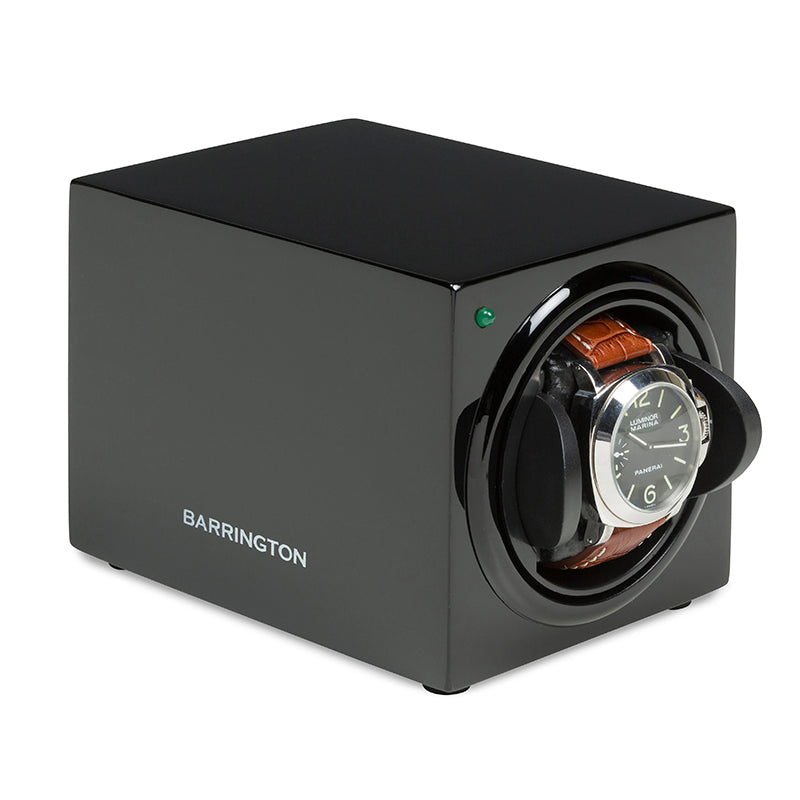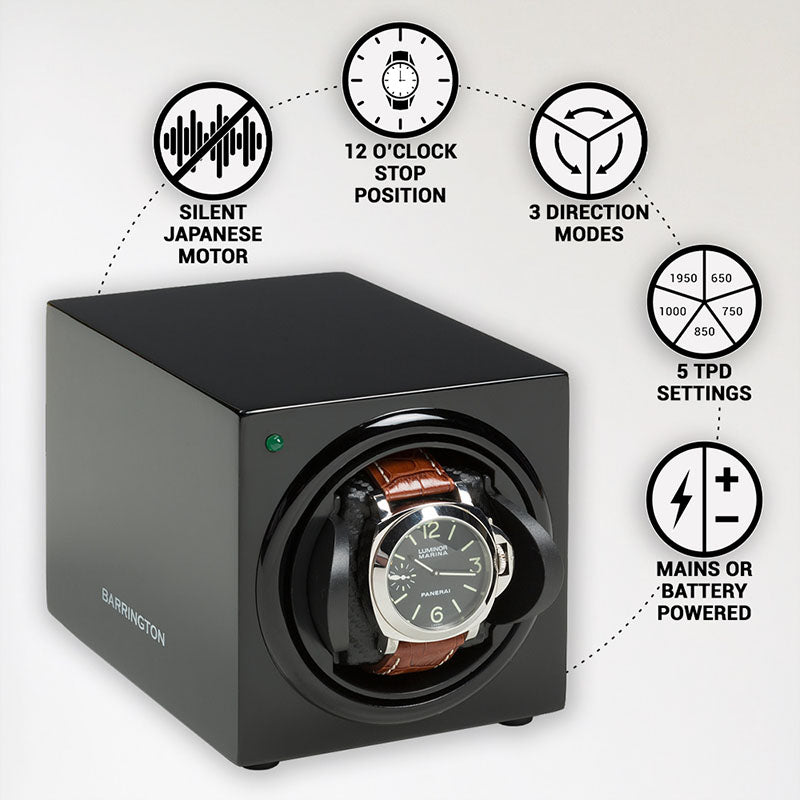What is GMT?
Among the most practical and celebrated complications in modern horology, the GMT function stands out for its combination of technical ingenuity and universal relevance. Designed to display a second time zone, the GMT watch has become an indispensable companion for travellers, pilots, business professionals, and enthusiasts who live or work across borders.
GMT stands for Greenwich Mean Time, the global reference standard for world time zones before the adoption of Coordinated Universal Time (UTC). A GMT watch allows the wearer to track local time while simultaneously monitoring a second time zone, typically through an additional hand and a 24-hour scale. Beyond its usefulness, the complication has evolved into a symbol of exploration, precision, and cosmopolitan living.
The Origins of the GMT Function
The development of the GMT function is closely tied to the rise of international air travel in the mid-twentieth century. Before that era, most wristwatches displayed only local time, which sufficed in a world where travel between time zones was rare.
As commercial aviation expanded after World War II, pilots began crossing multiple time zones in a single flight. This created a need for a reliable instrument that could track both home base time and local destination time simultaneously. Airlines, especially those operating long-haul international routes, required a practical solution to manage flight schedules, navigation, and communication, all of which depended on standardised time references.
In response to this need, Rolex collaborated with Pan American World Airways (Pan Am) to develop a dual-time watch for pilots. The result, launched in 1954, was the Rolex GMT-Master. This model introduced the now-classic design of a fourth hand making one rotation every 24 hours, paired with a rotating bezel engraved with 24-hour markings. The bezel allowed the wearer to easily read a second time zone, and by rotating it, a third time zone could be tracked temporarily.
The success of the GMT-Master established the standard configuration that many other manufacturers would follow. It marked a milestone in the evolution of tool watches, blending functionality with distinctive design.
How a GMT Watch Works
A GMT watch is distinguished by its ability to display two time zones at once, thanks to an additional hour hand and a 24-hour scale.
The main hour and minute hands show the local time in the conventional 12-hour format. The additional hand, known as the GMT hand, completes one full rotation every 24 hours and points to a 24-hour scale either on the bezel or on the dial. This hand represents a second time zone, often set to GMT, home time, or the traveller’s preferred reference.
In most modern GMT watches, the movement allows the local hour hand to be adjusted independently in one-hour increments, without affecting the minute or GMT hands. This feature, known as a “true” or “traveller’s” GMT, enables quick adjustment when changing time zones while keeping the home time intact.
Some simpler versions, often called “office” GMTs, link the 24-hour hand to the main hour hand, meaning both must be adjusted together. While less practical for frequent travellers, this type still serves well for monitoring a fixed secondary time zone, such as that of a business partner or family member abroad.
The Role of the 24-Hour Bezel
The rotating bezel is a defining feature of many GMT watches, serving as an intuitive way to calculate different time zones. The bezel is typically divided into 24 segments, corresponding to the hours of the day.
When the GMT hand is set to home or reference time, the wearer can rotate the bezel to align with another time zone offset by a certain number of hours. For example, by rotating the bezel six positions forward, one can instantly read the time in a region six hours ahead.
This system not only adds functionality but also creates visual distinction. The iconic two-tone bezels of watches like the Rolex GMT-Master, originally coloured blue and red to separate day from night, have become emblematic in the world of horology. The bezel’s practicality and aesthetics combined to make the GMT watch both a tool and a style statement.
GMT vs Dual Time and World Time
Although all these complications deal with multiple time zones, there are important distinctions between GMT, dual time, and world time watches.
-
GMT Watches: These use a 24-hour hand to track a second time zone, often accompanied by a rotating bezel. They are ideal for travellers who need to reference home time while adjusting local time on the fly.
-
Dual Time Watches: These display two independent time zones, usually through a separate sub-dial or second hour hand without a 24-hour scale. They are simpler in function but less suited to aviation-style tracking.
-
World Time Watches: These show the time in all 24 time zones simultaneously, often with a rotating city ring and 24-hour disc. They are more complex, catering to global travellers or collectors who appreciate intricate mechanisms.
The GMT watch occupies a perfect balance between usability and mechanical sophistication, offering functionality without excessive complexity.
Iconic GMT Watches in History
The GMT complication has inspired numerous landmark designs, many of which have become icons in the history of watchmaking.
-
Rolex GMT-Master and GMT-Master II
The original pioneer remains one of the most recognisable GMT watches ever created. Introduced in 1954, the GMT-Master established the dual-time format still used today. Its successor, the GMT-Master II, introduced an independently adjustable hour hand, further improving usability for travellers. -
Omega Seamaster Planet Ocean GMT
A modern professional GMT watch combining diving capabilities with dual-time functionality, offering exceptional versatility for both travel and exploration. -
Tudor Black Bay GMT
Inspired by the original Rolex designs but with its own distinct identity, the Black Bay GMT features a vintage-inspired look with a red and blue bezel, appealing to enthusiasts who appreciate historical authenticity. -
Grand Seiko Spring Drive GMT
Combining mechanical craftsmanship with quartz-level accuracy, this model showcases Japanese innovation in blending tradition with cutting-edge precision. -
Patek Philippe Calatrava Pilot Travel Time
A refined take on the traveller’s watch, featuring dual pushers that independently adjust local time, embodying sophistication and technical elegance.
Each of these watches highlights how the GMT function transcends brand identity, uniting diverse philosophies of design and performance.
The Practical Uses of a GMT Watch
The GMT function remains one of the most useful complications in everyday life, not just for pilots or explorers. In an increasingly globalised world, many people interact with colleagues, clients, or family members across different time zones.
Common uses include:
-
Frequent Travellers: Quickly adjusting to local time while keeping track of home time.
-
Business Professionals: Coordinating meetings and communications across continents.
-
Collectors and Enthusiasts: Appreciating the blend of functionality, design, and history that GMT watches represent.
-
Aviation and Exploration: Maintaining reference time in environments where accuracy and orientation are essential.
The practicality of the GMT complication ensures its continued relevance, even in an age dominated by digital devices.
The Evolution of the GMT in Modern Watchmaking
As watchmaking technology has advanced, so too has the GMT complication. While early models relied solely on mechanical movements, modern versions incorporate advanced materials, enhanced legibility, and even hybrid technologies.
Ceramic bezels, for instance, now replace the aluminium inserts of earlier generations, offering greater durability and resistance to fading. Improved lume and colour differentiation between day and night sections further enhance functionality.
In addition, manufacturers have expanded beyond the traditional aviation aesthetic. Luxury dress watches, dive watches, and even field watches now feature GMT functions, proving that the complication has evolved beyond its utilitarian roots.
Some contemporary innovations include:
-
True GMT Movements: Independent local hour adjustment for seamless time zone changes.
-
24-Hour Display Variants: Full 24-hour main dials designed for travellers or polar explorers.
-
Digital GMT Functions: Found in smartwatches, blending traditional principles with modern connectivity.
This evolution ensures that the GMT remains one of the most versatile and enduring features in watchmaking.
The Symbolism and Emotional Appeal of GMT Watches
Beyond technical practicality, GMT watches carry strong symbolic meaning. They represent the freedom to move, to explore, and to connect across distances. The additional hand sweeping across a 24-hour scale is not merely a measure of time but a reminder of global awareness and shared humanity.
Collectors often view GMT watches as metaphors for adventure and cosmopolitan living. The very existence of two time zones on one dial speaks to the dual nature of modern life: rooted in one place yet connected to the wider world.
In a deeper sense, the GMT complication captures the spirit of mid-century optimism that accompanied the dawn of the Jet Age, when technology was seen as a bridge between cultures and continents. Wearing a GMT watch is, in many ways, a continuation of that legacy.
The Collector’s Perspective
For collectors, the GMT complication represents a fascinating intersection of function, history, and design. The earliest GMT models, particularly from Rolex and Pan Am collaborations, are among the most collectible tool watches in existence. Their bezels, often faded over time into pastel tones, have become objects of admiration, each telling a story of travel and experience.
Modern GMT watches also hold strong appeal, especially those with in-house movements and faithful nods to vintage aesthetics. Collectors value models that combine historical significance with technical innovation, whether through advanced materials, dual-time adjustments, or distinctive colour schemes.
A true GMT watch, whether vintage or contemporary, offers both emotional resonance and practical utility, making it one of the most enduringly attractive complications in horology.
Conclusion
The GMT watch is a masterpiece of practical design and mechanical ingenuity. From its origins in the early days of intercontinental flight to its modern-day role as a symbol of global connection, it remains one of the most useful and admired complications in watchmaking.
Its ability to track multiple time zones with clarity and elegance makes it an essential tool for travellers and an object of fascination for collectors. Whether admired for its technical sophistication, historical legacy, or symbolic power, the GMT watch continues to embody the spirit of exploration and precision that defines fine horology.
In an age where digital devices can tell time anywhere on Earth, the GMT watch endures as a mechanical tribute to humanity’s desire to measure, understand, and traverse the world. It is not just a complication but a companion for those who live life across time zones, guided by the rhythm of precision and the adventure of discovery.









